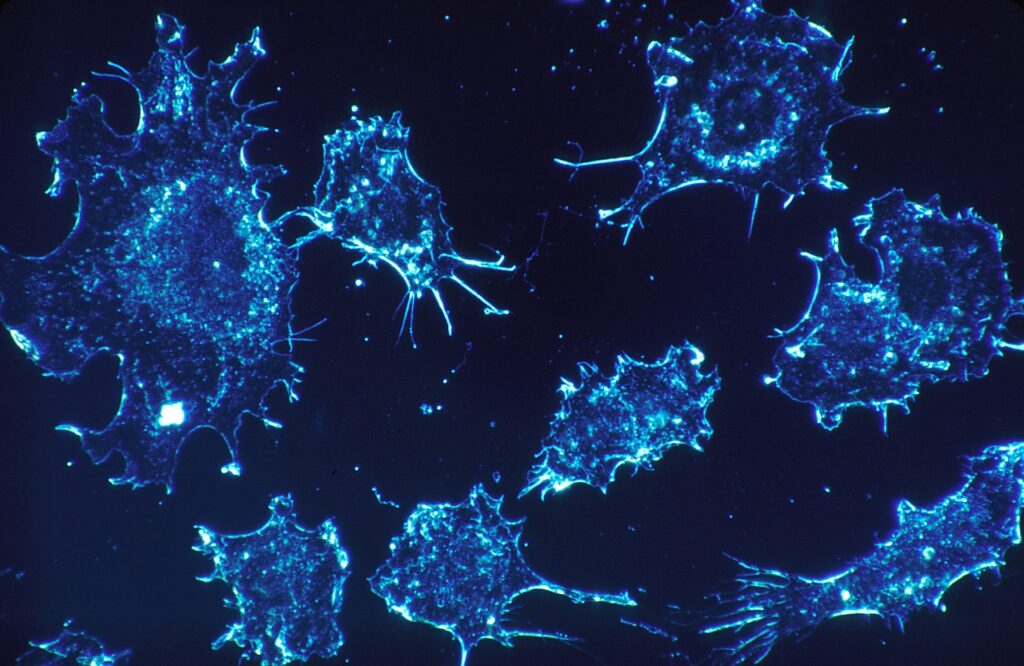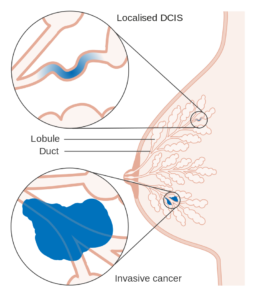Targeted Ultrasound Can Now Kill Cancer Cells – Research Study

By Subhra Adhikari, Neucrad Health January 20, 2020
All these days, you have heard about the use of focused ultrasound for treating tumours in some organs. Doctors use high-intensity UV beams for heating and ultimately killing the tumour cells. In some cases, they also use contrast dyes for this treatment procedure. However, in both these cases, there is a higher incidence of affecting adjacent healthy cells and thereby, deteriorating the health condition of the patient. Now, you can put these worries and woes to rest; a research team in the prestigious California Institute of Technology and City of Hope Beckman Research Institute has developed a revolutionary approach to negating the cancer cells. The new treatment will not interfere with other healthy cells.
How is the California based research team planning to target the cancer cells?
Scientists are trying to use a low-intensity ultrasound beam for killing malignant cells. This innovative treatment procedure will not affect other nearby healthy cells. Cancer survivors can now expect minimum side-effects during their cancer therapy and enjoy better health. The treatment procedure will exploit the physical and structural parameters of malignant cells for a safer prognosis. They will match the intensity of ultrasound with the frequency to target cells so that no other healthy cells get affected during the treatment. Unlike previous radiotherapy techniques, targeted ultrasound does not require any unique molecular markers for the isolation of malignant cells. They have experimented this procedure in the laboratory and were successful in targeting cancer cells without killing any healthy blood cells.
What is the outcome of this scientific study?
Scientists have termed this new technology as oncotripsy, and the team have published their findings in the journal Applied Physics Letters in January 2020. The lead author David Mittelstein, a research candidate at CalTech in Pasadena has expressed his satisfaction with the success of this innovative cancer treatment procedure.
However, at this point, it is also worth pointing out that the research is still at the preliminary stage. Further study in this field will establish the precise mechanism of targeting the cancer cells. Nevertheless, Mittelstein and his colleagues are optimistic that more research scholars and scientists will start working on targeted ultrasound shortly. In future, oncologists will use this innovative approach (oncotripsy) for cancer treatment side-by-side with other established therapeutic procedures like chemotherapy, immunotherapy, radiation and surgery.
What is ultrasonography?

Ultrasonography is a non-invasive diagnostic procedure where a radiologist uses ultrasonic vibrations (sound frequencies higher than those audible to human beings) to create an image of soft tissues like tendons, muscles, blood capillaries, and internal organs. In this diagnostic procedure, doctors use sound waves with frequencies above 20000 Hz. After the invention of this technique, doctors have utilised it for the diagnosis of anomalies in the internal organs.
What is Targeted Ultrasonography?
When radiologists focus the ultrasound specifically on a tissue or organ; it is known as targeted ultrasonography. Till now, medical science used targeted ultrasonography primarily for diagnostic function. However, with the advent of oncotripsy, in future, this unique sonographic procedure will find its application in treating complex diseases like cancer.
What are the other scopes of ultrasonography?
Ultrasonography has immense significance during pregnancy. It helps in the determination of the exact due date, ruling out ectopic pregnancy, presence of an anomaly in the organs of the foetus, the position of the baby in the womb, and screening congenital disabilities. Most expecting mothers need to undergo routine ultrasound examination during the gestation phase to confirm the well-being of the baby.
This was all about the use of targeted ultrasound in treating cancer. As already pointed out, we are at the early stage of the application of this therapy (oncotripsy). Doctors are hopeful that in future, it will have a considerable impact on Medical Science.








